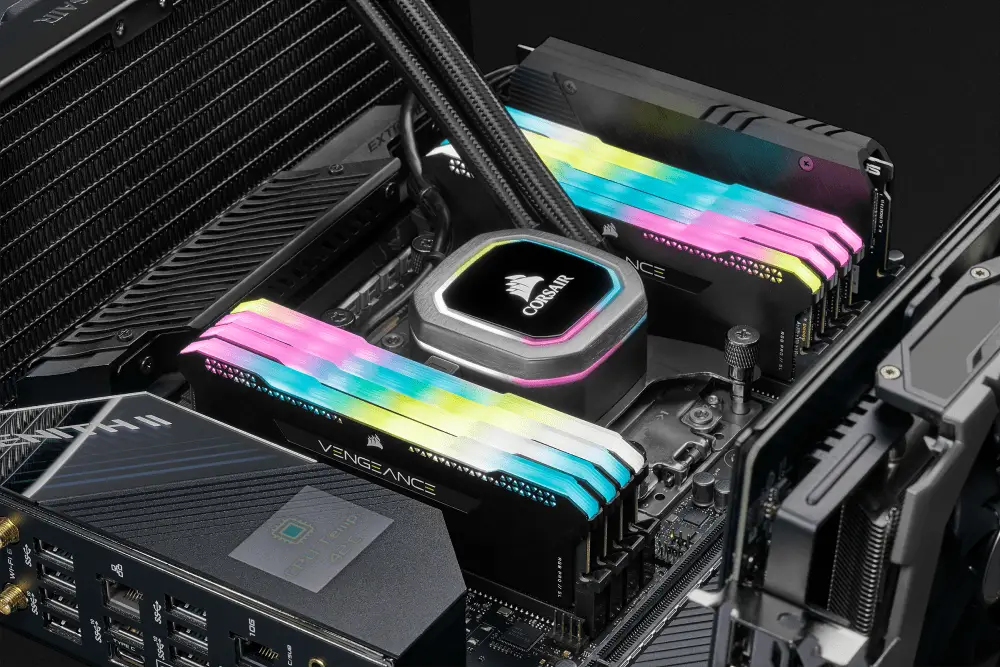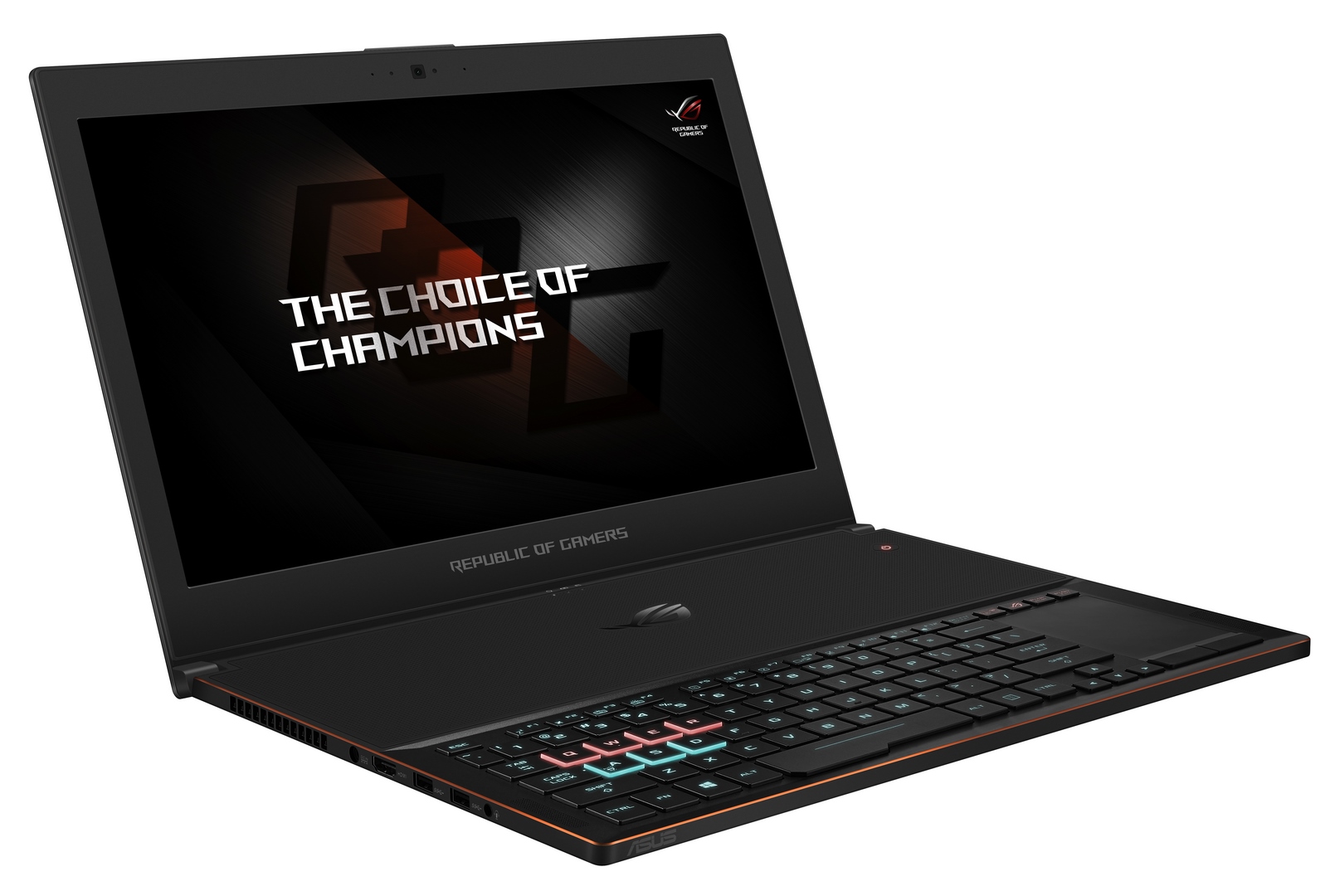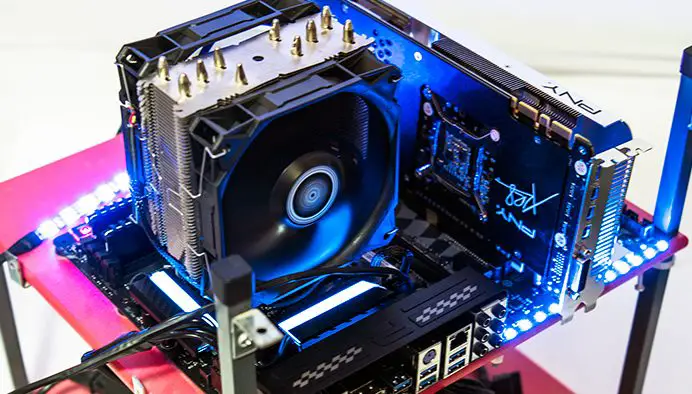Buyers of Enterprise storage, especially solid-state storage, are not your typical consumer. They have very specific needs, wants, and desires; and they use radically different criteria for judging what model is optimal for their needs. They really do not care about shaving a tenth of a second off a game or application’s load time. They really do not care about ‘potential’ or ‘up to’ performance under optimum conditions.
Instead Enterprise storage buyers are concerned with the realistic long term performance of any device and want to know the ‘worst case scenario’ performance of a drive. Even though modern solid-state drives have numerous tools in their toolbox to obfuscate and avoiding a degraded state occurrence, at some point these tools will fail. The point at which the performance falls and then reaches a new plateau at a lower performance level is known as the “steady state” performance or as “degraded state” in the consumer arena.
In order to test for this there is actually a standard created by SNIA (Storage Networking Industry Association) and updated from time to time. This enterprise standard is available via https://www.snia.org/tech_activities/standards/curr_standards/pts
We feel this is a good place to start, but is only is only that: a place to start. Based on our experiences we feel that that this standard does not fully take into account long term heat impact on performance. To this end we do not start our official testing until the steady state is reached and the device has been in such a condition for a minimum of eight hours. This is a true worst-case scenario and represents a drive that not only has reached NAND performance equilibrium but also component temperature equilibrium… and results in noticeably flatter performance curve with fewer outliers.
When this state is reached, then and only then is testing commenced.
For testing we have opted for IOMeter running five different custom configurations. Each configuration has been devised to test for six of the more common enterprise scenarios: “File” server, “Web” Server, “Email” Server, “Database” server, a secondary “Backup” server, and used in a “workstation” computer. While not all encompassing these do represent a good selection of possible scenarios and should help buyers understand the limitations of any review sample’s abilities.











